Live auction - bga_357019 - GALLIA - CARNUTES (Beauce area) Potin à la tête chauve et à l’aigle
You must signin and be an approved bidder to bid, LOGIN TO BID. Accounts are subject to approval and the approval process takes place within 48 hours. Do not wait until the day a sale closes to register. Clicking on "BID" constitutes acceptance of the terms of use of cgb.fr private live auctions.
Bids must be placed in whole Euro amounts only. The sale will start closing at the time stated on the item description; any bids received at the site after the closing time will not be executed. Transmission times may vary and bids could be rejected if you wait until the last second. For further information check the Live auction FAQ
All winning bids are subject to a 18% buyer’s fee.
All winning bids are subject to a 18% buyer’s fee.
| Estimate : | 1 500 € |
| Price : | 1 190 € |
| Maximum bid : | 1 200 € |
| End of the sale : | 29 September 2015 15:27:03 |
| bidders : | 3 bidders |
Type : Potin à la tête chauve et à l’aigle
Date: c. 60-40 AC.
Mint name / Town : Chartres (28)
Metal : potin
Diameter : 19 mm
Orientation dies : 6 h.
Weight : 4,07 g.
Rarity : INÉDIT
Coments on the condition:
Superbe potin avec un magnifique avers inhabituel et un revers un peu plus mou. Belle patine grise sur un métal sain
Catalogue references :
Predigree :
Cet exemplaire provient d’une très ancienne collection allemande de monnaies gauloises
Obverse
Obverse legend : ANÉPIGRAPHE.
Obverse description : Tête chauve à gauche, la base du cou marquée.
Reverse
Reverse legend : ANÉPIGRAPHE.
Reverse description : Aigle à gauche, l’aile dépliée en arrière.
Commentary
Ce type se rapproche de certaines séries représentées dans le trésor de Brionne (Eure), sans y correspondre exactement avec cet avers très atypique !
Il est intéressant de noter que les penons de coulée ne sont pas opposés à 180° mais vers 120° ; il est dès lors possible de déterminer la position de cette empreinte dans le chapelet, probablement tout au fond d’un arbre à deux branches (?).
Il est intéressant de noter que les penons de coulée ne sont pas opposés à 180° mais vers 120° ; il est dès lors possible de déterminer la position de cette empreinte dans le chapelet, probablement tout au fond d’un arbre à deux branches (?).







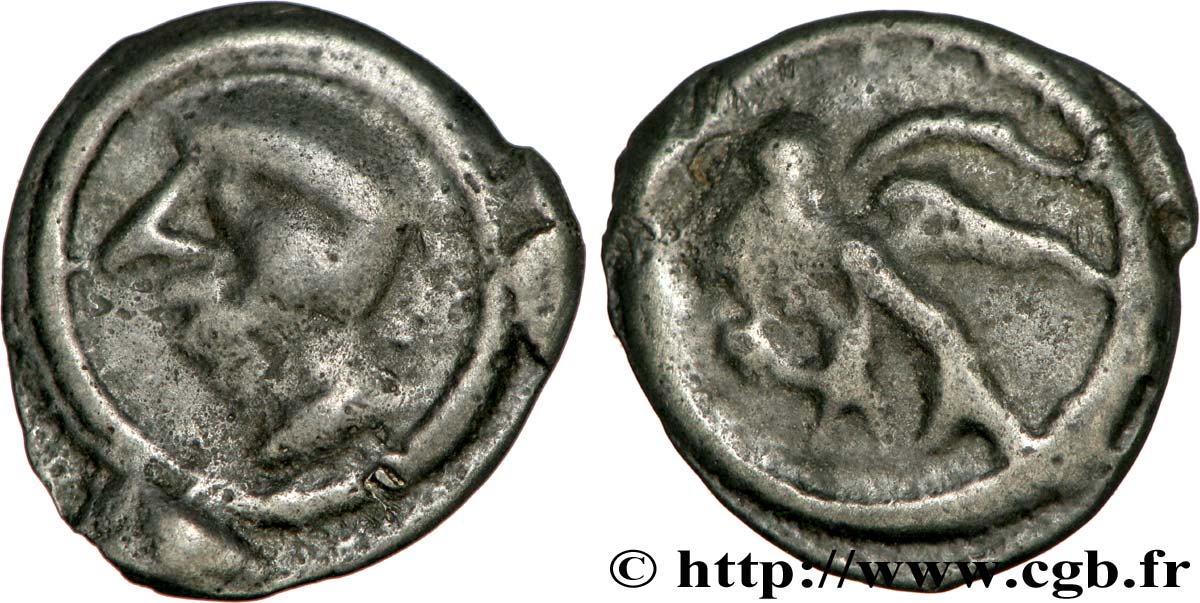
 Report a mistake
Report a mistake Print the page
Print the page Share my selection
Share my selection Ask a question
Ask a question Consign / sell
Consign / sell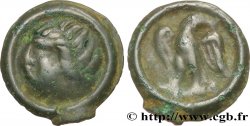
 Full data
Full data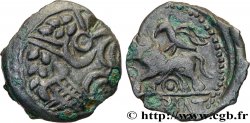


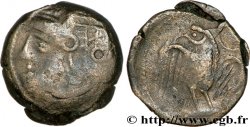
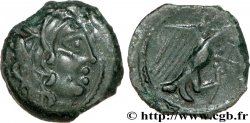
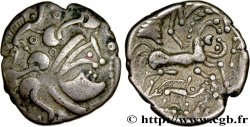
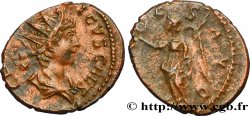
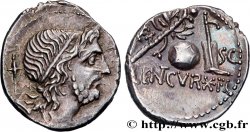

![SPAIN - KINGDOM OF SPAIN - PHILIP II 2 Escudos 162[?] Indeterminé XF/AU](http://thumbs3.cgb.fr/monde/fwo_895207.jpg)






